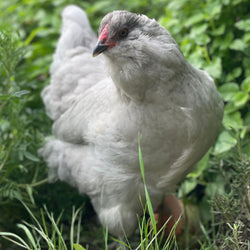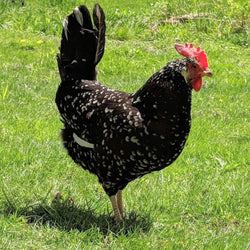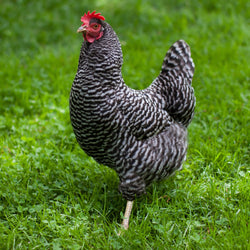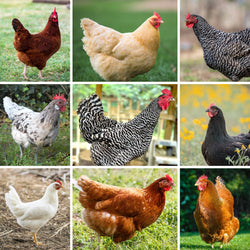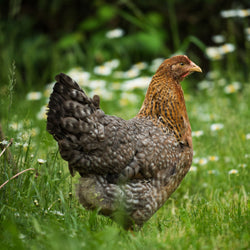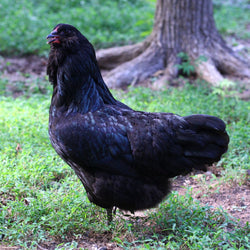page=1/--
Frequently Asked Questions
Here we answer the most commonly-asked questions about ordering, chicken care, and more.
How do I transition my juvenile chicks to their outdoor coop when it's cold outside?
There is no perfect age to transition your chicks to their outdoor coop, but generally by the time they are 4 to 6 weeks old, they're getting large for an indoor brooder and will want more space. Plus, they will be mostly feathered and able to maintain their body temperatures on their own. But just because you've adjusted the heat gradually down to the ambient temperature of your home doesn't mean they can go from 68 F inside to 15 F outside in the dead of winter! Sudden temperature changes are a real danger to your birds. You'll need to...
Read MoreWhat type of bedding or litter should I use for my chickens?
Bedding is an important part of keeping your chickens happy and healthy. On the coop floor the bedding will provide a soft surface for your chickens to walk on and will absorb droppings and odor. You want your coop sanitary and sweet-smelling, don't you? In the nest, bedding will give freshly-laid eggs a soft landing so they don't crack. (A cracked egg is a spoiled egg.) Recommended bedding: Pine shavings Aspen shavings Hardwood shavings Whatever you choose to use, the bedding in your coop should be at least 2" thick--more is better. There are many bedding materials to choose from,...
Read MoreWhat size should my nest boxes be, and how should I place them?
Nest box sizes and placement are different for chickens, ducks, and geese. Providing your birds with the correct number of nesting boxes that are sized and situated properly can help ensure that your flocks' eggs remain fresh and clean and are easy to collect in a timely manner. You can find tips for all three types of birds below. Chicken Nest Box Size and Placement Location: Hens like to lay in a dark, safe area away from the traffic of the flock. Their nesting boxes should be placed off the ground at least a few inches. This provides the laying hens...
Read MoreHow can I make my coop well-ventilated, but not drafty?
This issue can be confusing, can't it? Try thinking of it this way: Generally, you might think of drafts as air that will blow directly onto your chickens through the coop at floor level where they stand, or at roost level where they sleep. Ventilation, on the other hand, simply permits air to move through the coop (overhead) but does not blow directly on the chickens. In the winter, chickens need protection from cold weather, which their feathers provide by keeping an insulating layer of warm air between their feathers and their body, trapped in their down. If they are...
Read MoreHow can I maintain a clean, enclosed run if I can't free range my birds?
Due to the number of predators in some rural areas, some pet chicken owners don't allow free ranging. Other times, an enclosed run in a small suburban yard is the only way to keep chickens safe and contained so they don't run into traffic or make themselves the target of neighborhood dogs. The problem can be that the chickens quickly forage all the green out of their run, and then droppings accumulate on the hard dirt. Cleaning can be difficult, because moist droppings do not rake up too well. In these situations you may want to try adding some bedding....
Read MoreWhat is the deep litter method of coop bedding management, and how does it work?
The traditional way to manage bedding in the coop is to put a light layer of bedding down--for bedding recommendations, see the related questions below--and then change out the bedding once a day or once every few days. (How often you'll have to clean depends on how many chickens you're keeping in how much space.) It's pretty straightforward; you more or less clean it like a cat litter box. By contrast, in the deep litter method, you start with five or six inches of organic, compostable bedding such as pine shavings, and then simply add new bedding on top to...
Read MoreWhat is a droppings tray?
A droppings tray is a great coop feature, if yo're lucky enough to have it! It's like a shallow drawer in your coop that can be pulled out and dumped or scraped to make for quick and easy cleaning. This prevents you fram having to scoop or shovel out dirty bedding. Droppings tray The droppings tray usually located under roosting poles, because that's where most of the mess occurs (your flock remains on the roosts for long periods at night). In smaller coops, it may make up the entire floor! Again, just pull out your droppings tray, then turn out...
Read MoreWhat is a roost?
A roost is a perch for a chicken---what s/he sleeps on, usually a branch, pole, or board that is elevated. It also refers to the act of resting on it: roosting. Here you can see a roost through the chicken pophole door of this coop. Chickens don't have grasping feet the way songbirds do, for instance, so chickens prefer a flat surface. Even an elevated 2 x 4, with planed, sanded, or slightly rounded edges work nicely. Round poles or branches are okay, too, but they should be on the larger side. Whatever you do, be sure not to use...
Read More- 1
- 2
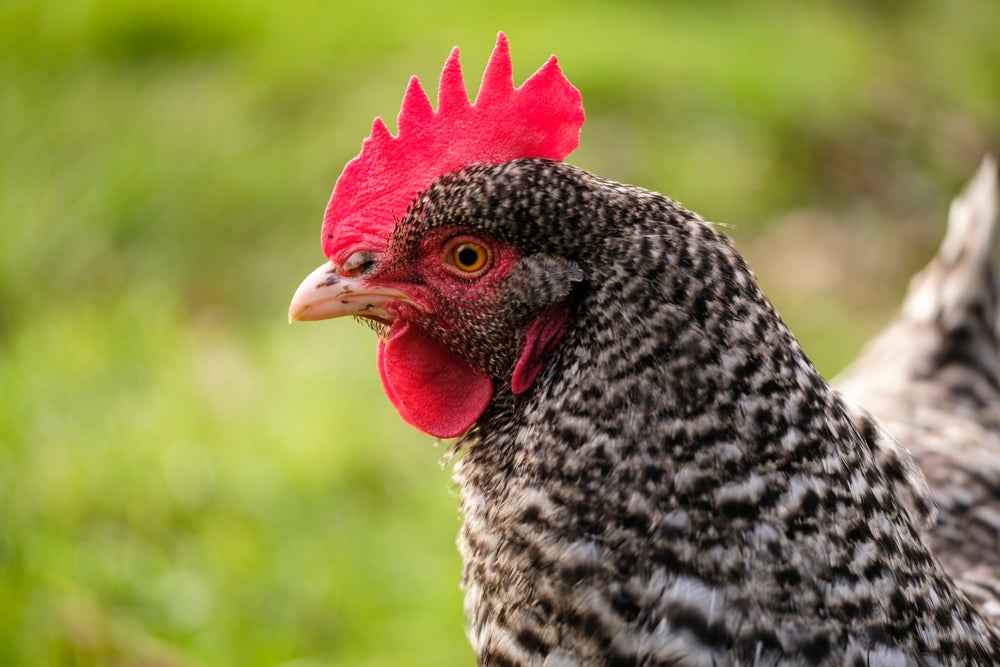
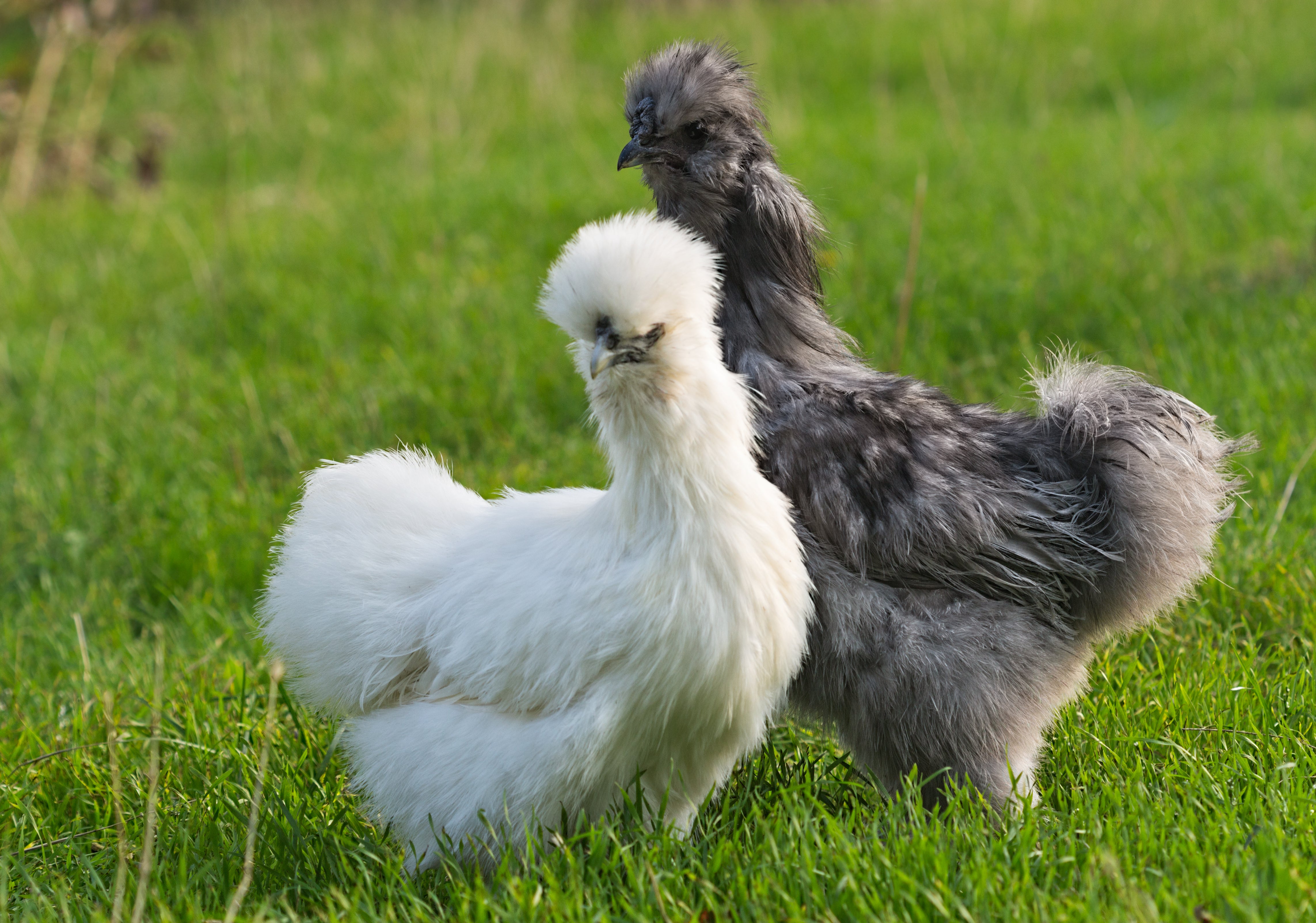
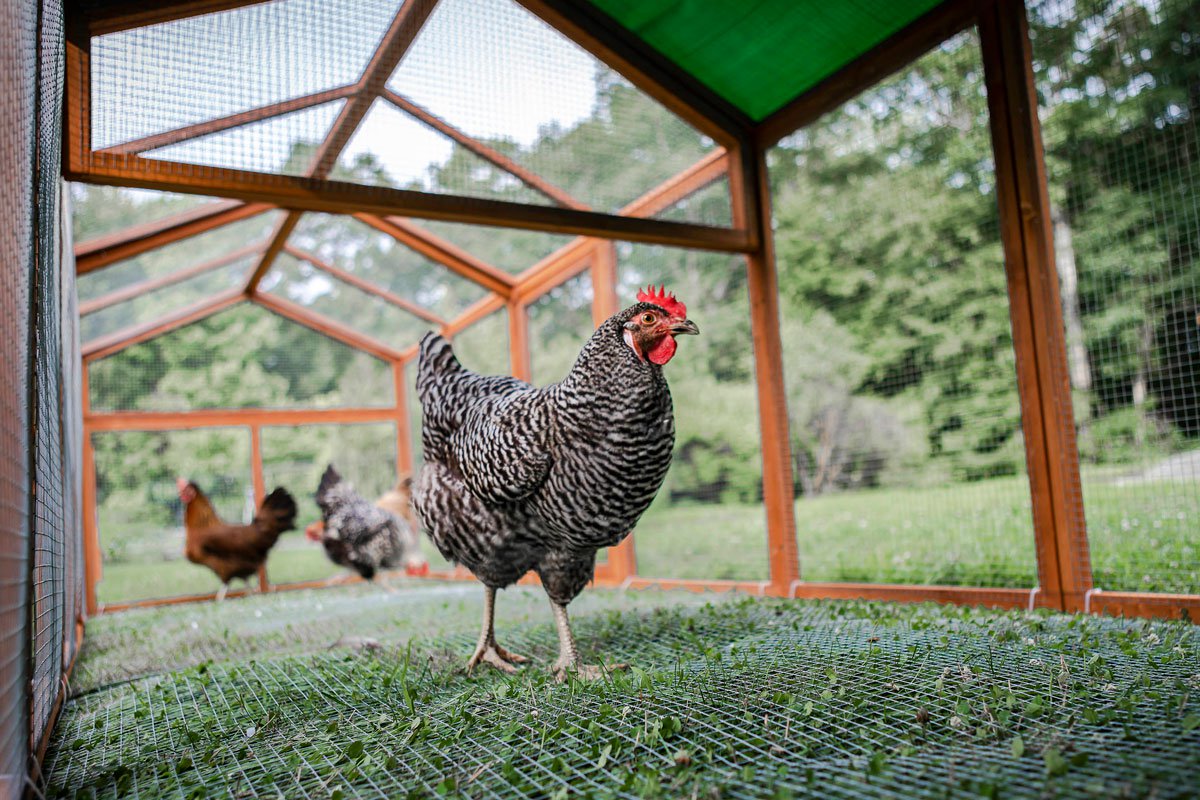
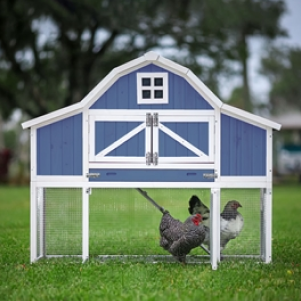
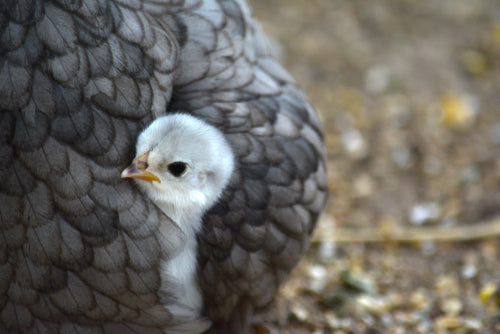
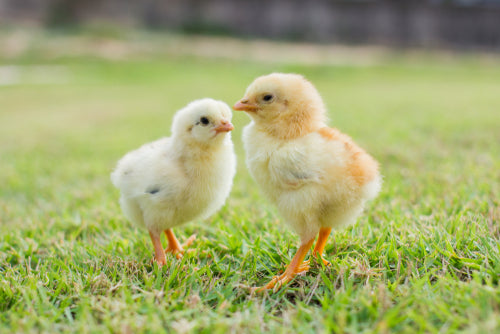
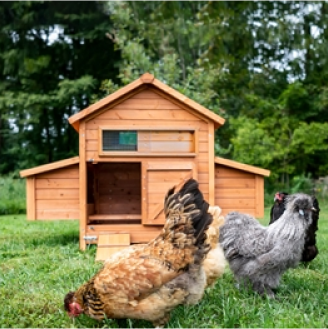

"The Clubhouse" Coop
Easy to assemble and built to last, the Clubhouse Coop is the perfect starter coop for a small flock.


